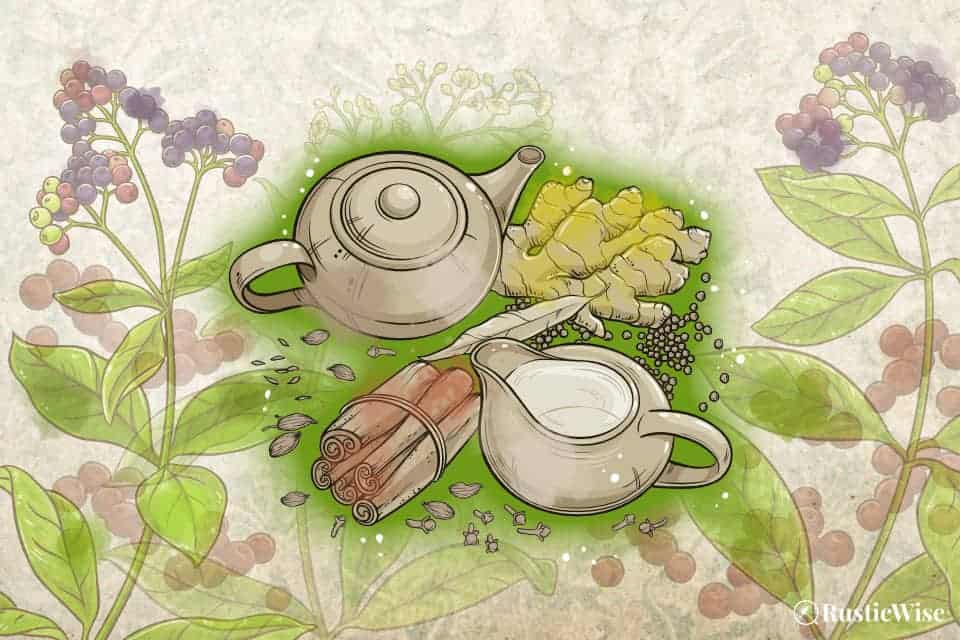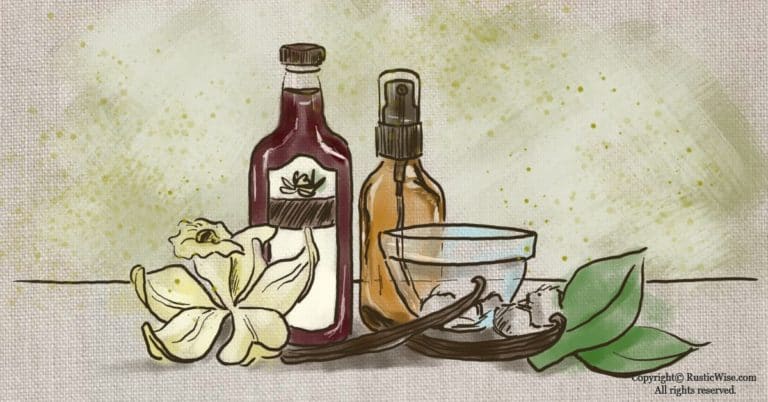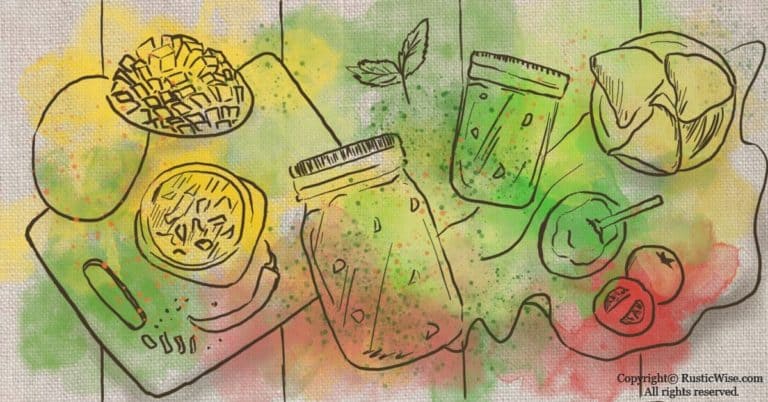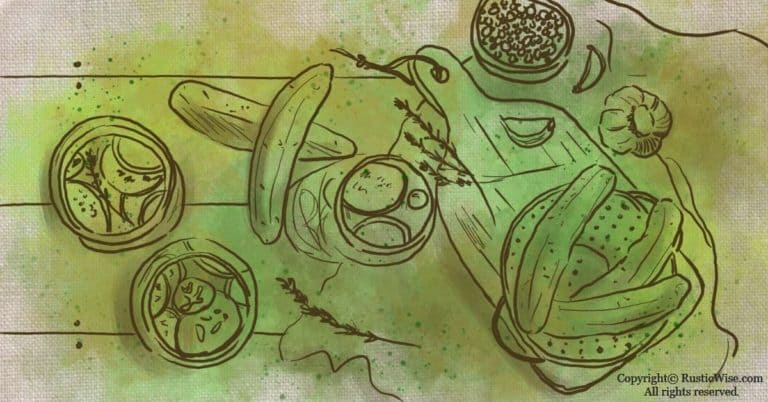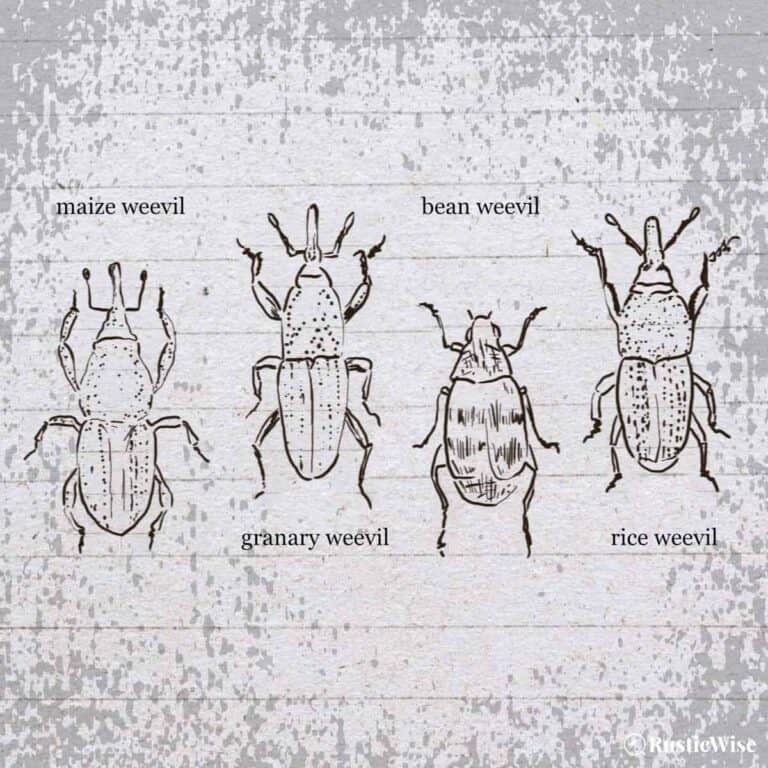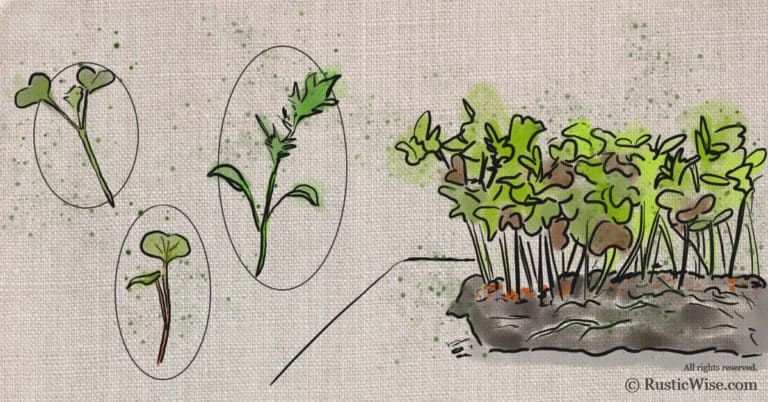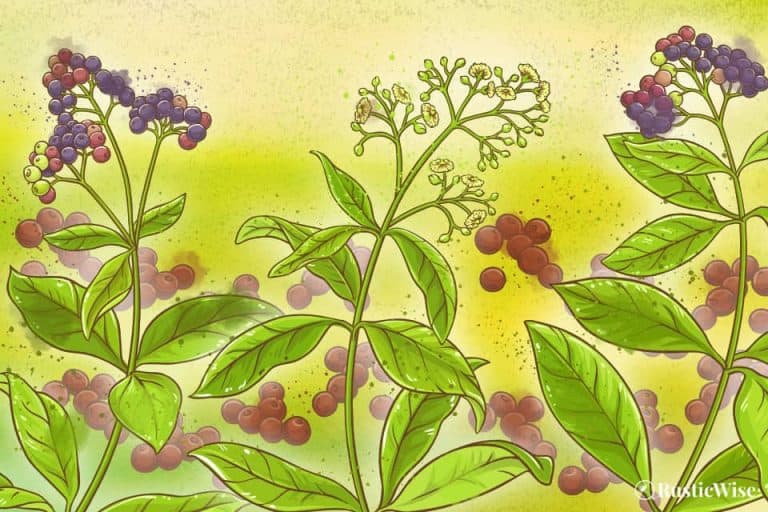How To Make Allspice Tea: 2 Easy Recipes
Allspice berries come from the evergreen Pimenta dioica tree. This singular berry imparts a rich and warming flavor profile that invokes several spices, including cloves, cinnamon, and nutmeg—with a dash of spice!
While allspice is commonly used in baking and seasoning savory and spicy foods (it plays an integral role in many Caribbean dishes, including Jamaican Jerk chicken), its use in beverages is underrated.
We’ll show you how to make allspice tea with two easy recipes. Plus, we’ll go over a few complementary allspice pairings so you can customize your tea to your liking. Not only does allspice taste wonderful, pimento berries are packed with antioxidants and are believed to have anti-inflammatory properties.
The many forms of allspice
True allspice, also called Jamaican pepper, or Myrtle pepper, comes from the dried berries of the Pimenta dioica (pimento) tree. The allspice tree belongs to the Myrtle family (Myrtaceae). This tropical evergreen tree grows mainly in warm regions, including Central America and the West Indies.
Dried allspice berries from the P. dioica shrub are widely available from most supermarkets in the herbs and spices aisle, or online. This is the type of allspice we’re going to show you how to make allspice tea with.
To keep things interesting, there are several aromatic shrubs also called “allspice.” The following plants are NOT the same as P. dioca and should be used with caution.
- Wild allspice or spicebush (Lindera benzoin) found throughout eastern regions of North America.¹ The leaves, twigs and fruit can be brewed to make a fragrant tea. When foraging for food, please take care to properly identify the plant before using.
- Carolina allspice (Calycanthus floridus), aka Eastern sweetshrub, which grows throughout south-eastern parts of North America. The bark is dried and used as a cinnamon substitute.²
- Californian allspice (Calycanthus occidentalis), aka Western sweetshrub, found in south-western parts of North America. The dried bark is also dried and sometimes used as a cinnamon or allspice substitute.³
- Japanese allspice (Chimonanthus praecox), an aromatic shrub that grows natively in eastern Asia. The flowers are sometimes used in teas.¹

Credit: Biodiversity Heritage Library / Flickr
Can you make tea from pimento leaves?
The leaves of the tropical evergreen tree, Pimenta dioica, are fragrant and have medicinal qualities.
Allspice leaf tea made from fresh leaves is used as a traditional folk medicine for treating high blood pressure, obesity, digestive issues, and as a balm for soothing menstrual and abdominal cramps.⁴
Dried leaves, however, lose much of their potency so fresh leaves are preferred.
The leaves of the allspice plant are more hard to come by, however, than the dried berries. You might find them at specialty food stores, or online. Or, you could grow your own allspice plant!
Pimento or allspice leaves are also used as a culinary herb to season soups and stews, similar to bay leaves.
The leaves from the allspice tree impart flavor onto Jamaican dishes, including Jamaican Jerk chicken. They are typically placed under the food when grilling or cooking to enhance the flavor of food.
Whole vs. ground allspice
When steeping tea, stick with the whole berries of the pimento tree. When steeped in hot water, the aroma and properties of the dried berries can slowly and fully release to create a fragrant tea.
Ground allspice while handy in baking doesn’t quite cut it for making tea. Sure, it could serve as a garnish atop your favorite warm beverage. But ground allspice won’t add the same flavor intensity as the whole berries.
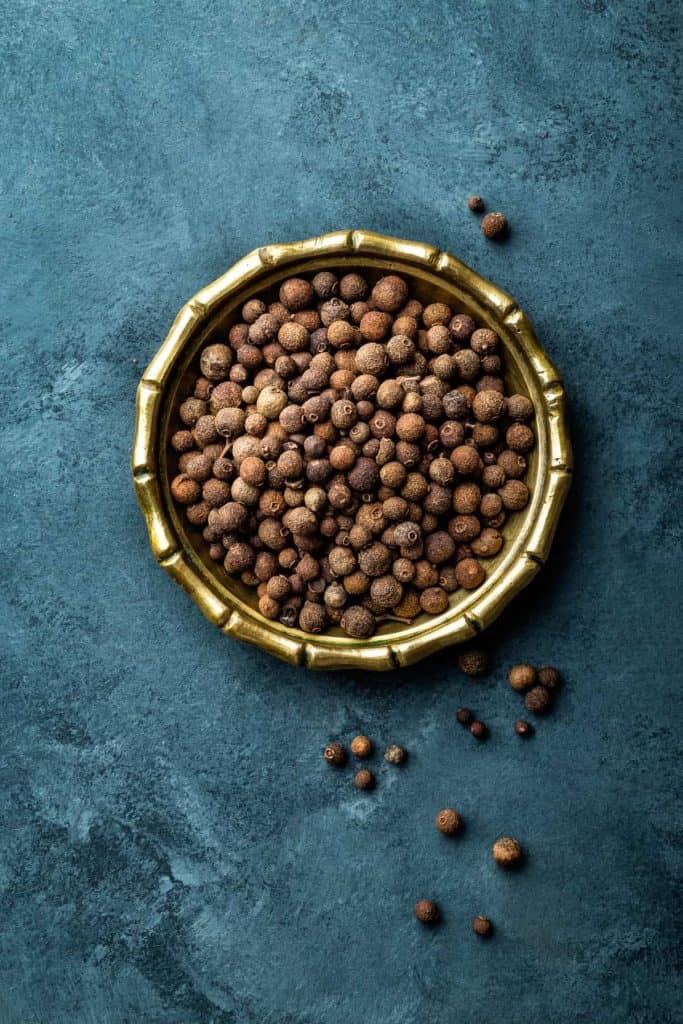
Credit: Vector State
Allspice flavor and pairings
The aromatic berries of the pimento tree add warmth, and earthy sweetness—with a peppery bite—to beverages and dishes.
Allspice tastes like a combination of cinnamon, cloves, and nutmeg with a hint of black pepper. This aromatic spice has many uses in dishes both sweet and savory. Whole allspice is also popular in pickling.
When brewing your own allspice tea, let’s look at other complementary flavors that jibe with this versatile spice:⁵
- Cardamom: Whole pods of cardamom have notes of sweet mint, eucalyptus, and a dash of pepper. Use cardamom pods rather than ground cardamom when brewing tea.
- Cinnamon: Sweet with earthy and woody undertones, cinnamon sticks are a favorite for flavoring beverages. Ground cinnamon can also be sprinkled on top of drinks as a garnish.
- Cloves: Whole cloves strike a balance between sweet and bitter, while adding plenty of warmth.
- Ginger: Sliced ginger with its zesty and sweet properties adds a pungent punchiness that pairs well with warming spices.
- Mace: Like a milder version of nutmeg, mace adds warmth to both sweet and savory foods and beverages.
- Nutmeg: True to its name, nutmeg imparts a nutty, earthy, and slightly sweet taste.
Tip: Get creative when brewing your own allspice tea by pairing warming spices with fruits such as dried apples, apricots, pears, plums, or lemon and orange zest.
Benefits of allspice berry tea
Herbs and spices have long been used to treat various aches and ailments. Not only do botanicals impart aromatic compounds and flavoring to food and beverages, they also offer health benefits too.
Allspice berries contain about 2–5 percent essential oils that comprise various bioactive chemical compounds, mainly eugenol (60 to 75 percent).⁵ Eugenol contributes to the antimicrobial properties and other beneficial health properties as you’ll see below.
Safety tip: Like other natural health supplements or products, always consult with a medical professional if you’re pregnant, breastfeeding, or on medications before introducing a new botanical. Avoid using any herb or spice in excess. Spices may interact with some medicines.
Here are a few allspice tea benefits:
- Packed with antioxidants: Like blueberries, goji berries, and raspberries, the tiny berries of the pimento tree have antioxidant properties. Antioxidants promote healthy cells by slowing damage and aging to cells. The high eugenol content in the berries contributes to the high antioxidant levels. Allspice contains special polyphenols which promote protection from free radicals, in particular the DPPH radical.⁴
- Anti-inflammatory properties: Pimento berries contain special compounds which help protect the body from inflammation. Inflammation can manifest in various forms, such as localized pain or swelling of skin, muscles, or joint pains. It can also occur from different chronic illnesses, including certain cancers or Alzheimer’s disease.⁵
- May soothe indigestion and other gastrointestinal (GI) issues: The healing properties of allspice tea have long been used as a traditional remedy for soothing indigestion. Scientists believe the abundance of eugenol in allspice helps to stimulate digestive enzymes.⁴
- May act as an anticancer agent: Several studies have looked into the pimento berry’s anticancer qualities. The high level of eugenol and other enzymes may contribute to its ability to affect carcinogen bio-activation. The compounds found in the berries are linked to anti-tumor properties in cells.⁵
- May have analgesic effects: Allspice may help to manage pain. It has been used as a local anesthetic by dentists.⁴
Supplies to make allspice tea
Gather your kettle and various whole spices, and let’s make a good strong cuppa!
There are various ways to make allspice tea. You can choose to gather the spices into a tea ball, cheesecloth (with ends tied), or a coffee filter to avoid straining later.
Or, you can simply throw all ingredients into a small saucepan with water, and use a fine mesh strainer afterwards.
How to make allspice tea: 2 easy recipes
Here’s how to make allspice tea, two easy ways.
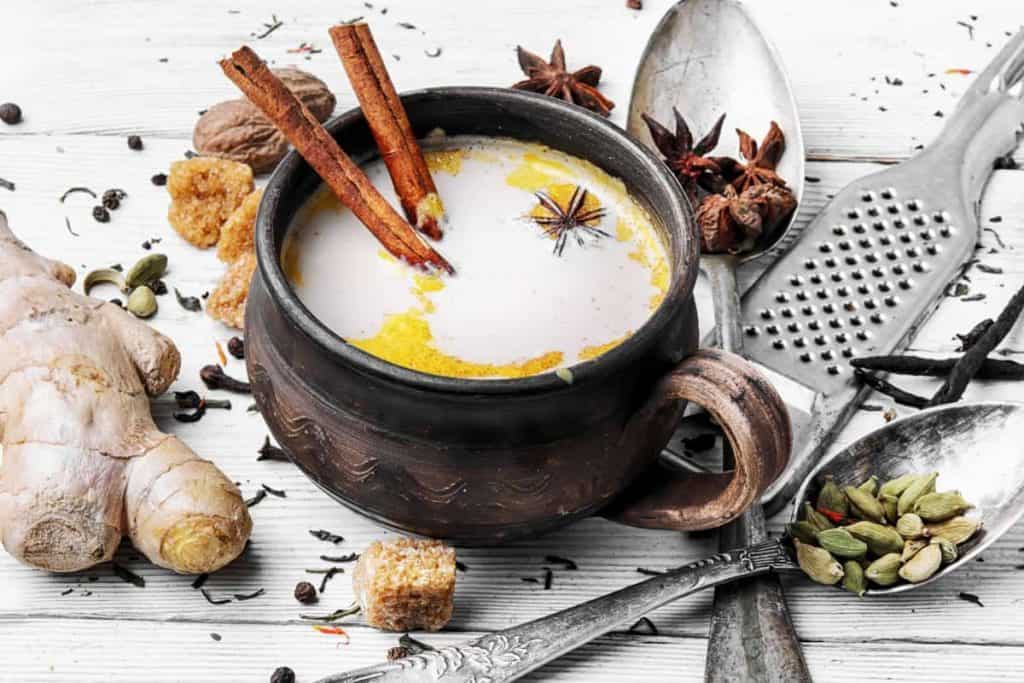
1. Chai allspice tea recipe
Sweet, spicy, and warming, a cup of homemade chai tea is just the thing to start the day, or relax after a long day’s work.
Customize this recipe with spices you have on hand. While cinnamon, cloves, and cardamom form the backbone of this recipe, add a bit of nutmeg to your liking. If you don’t have fresh ginger on hand, frozen ginger will do fine.
Customize this with regular milk or a vegan-friendly milk of choice, such as almond milk, oat milk, or coconut milk. Add a dollop of honey or another sweetener of your liking.
Tip: If you’d like to help release more of the flavors of the spices, you can lightly grind them in a mortar and pestle before combining with water. This is optional, however.
Yield: 2 servings
- 1 cinnamon stick broken in half
- 1 to 2 slices of fresh ginger
- 3 to 4 whole cloves
- 2 to 4 green cardamom pods
- 1 to 2 whole allspice berries
- 3 to 4 whole peppercorns (optional if you’d like a spicier chai!)
- 1 star anise (optional)
- 1 cup of water
- 1 black tea bag (or 1 teaspoon black loose leaf tea)
- 1 cup of whole milk (or a milk alternative)
- Honey or sugar to taste
- Combine all spices and water if you’re planning to use a strainer. Otherwise you can add all spices to a tea ball, coffee filter, or cheesecloth to skip the straining step. Bring spices and water to a boil.
- Lower heat to medium and allow spices to percolate for 15 minutes. Stir occasionally.
- Add black tea and continue to simmer for another minute.
- Add milk and bring to a boil. Watch carefully as the milk may bubble over! When tea boils, turn off stove and remove from heat immediately.
- Strain mixture (if needed). Add sweetener to taste.
Enjoy fresh! You can double or triple the recipe if you’d like to make some tea ahead of time. Store in a glass jar in the fridge for up to 1 week.
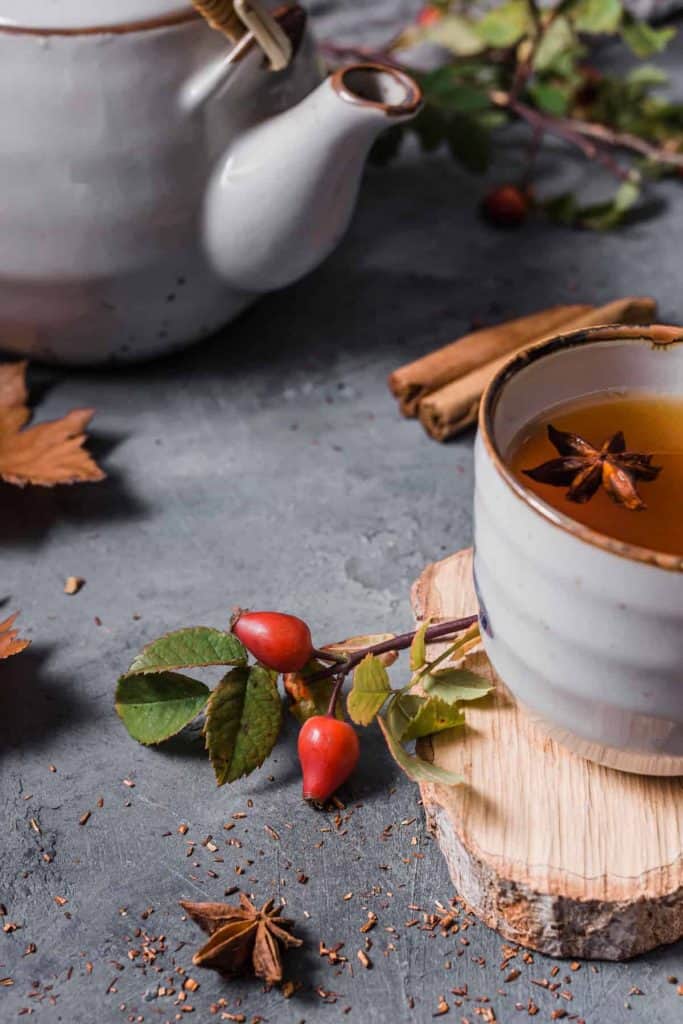
2. Mulled allspice tea recipe
When temperatures drop, there’s nothing quite like a mulled drink. You can make mulled allspice tea and enjoy with a bit of honey. Or, you can use this spice recipe to flavor cider, wine, or beer.
Customize this mulled spice tea with other flavorings such as lemon zest, cardamom, ginger, or a few peppercorns for more bite!
To make allspice tea, combine the following spice mixture in a saucepan.
Yield: 2 servings
- 2 cinnamon sticks
- 2 whole cloves
- 3 whole allspice berries
- 3 star anise pods
- 2 teaspoon dried orange zest
- Combine all spices and water if you’re planning to use a strainer. Otherwise you can add all spices to a tea ball, coffee filter, or cheesecloth to skip the straining step. Bring spices and water to a boil.
- Reduce heat to a simmer and allow spices to percolate for 15 minutes. Stir occasionally.
- Strain (if needed) and serve hot. Sweeten with honey.
If you’re planning to use this spice recipe to make mulled wine, combine all ingredients in a cheesecloth and secure the edges closed with a knot. Alternatively, you could use a coffee filter or tea bag. This mulled spice recipe is good for roughly 2 bottles of red wine.
If you have a slow cooker, simply combine the spices and wine. Cook on low for at least 1 hour before serving warm.
Related questions
What’s the difference between a herb and a spice?
While both herbs and spices derive from plants, they come from different parts. Herbs generally come from the leaves of a plant (think bay leaves or parsley for example). Spices come from the dried aromatic bark, berries, seeds, or roots of plants.
Some plants can produce both herbs and spice. Coriandrum sativum produces coriander spice from the seeds and cilantro from the leaves.
Is allspice the same as cinnamon?
No, allspice comes from the dried berries of the Pimenta dioica evergreen tree, and cinnamon derives from the dried bark of the Cinnamomum verum evergreen tree.
Both spices however, are sweet, warming and pair well with sweet dishes. Allspice’s peppery notes make it a versatile seasoning that also livens up savory dishes and is a mainstay in Caribbean cuisine.
Would you like more timeless tips via email?
Fun tips to help you live an independent, self-sustaining lifestyle. Opt-out at any time.


References
- Britannica, Allspice, https://www.britannica.com/plant/allspice. Accessed July 2022.
- Plants for a Future, Calycanthus floridus, https://pfaf.org/user/Plant.aspx?LatinName=Calycanthus+floridus. Accessed July 2022.
- Plants for a Future, Calycanthus occidentalis, https://pfaf.org/user/Plant.aspx?LatinName=Calycanthus+occidentalis. Accessed July 2022.
- Zhang, L., & Lokeshwar, B. L. (2012). Medicinal properties of the Jamaican pepper plant Pimenta dioica and Allspice. Current drug targets, 13(14), 1900–1906. https://doi.org/10.2174/138945012804545641
- Kaefer CM, Milner JA. Herbs and Spices in Cancer Prevention and Treatment. In: Benzie IFF, Wachtel-Galor S, editors. Herbal Medicine: Biomolecular and Clinical Aspects. 2nd edition. Boca Raton (FL): CRC Press/Taylor & Francis; 2011. Chapter 17. Available from: https://www.ncbi.nlm.nih.gov/books/NBK92774/

Author: Theresa Tesolin
Theresa is co-founder of RusticWise. She helps people unleash their inner DIY spirit by encouraging them to get dirty and make or grow something from scratch.

